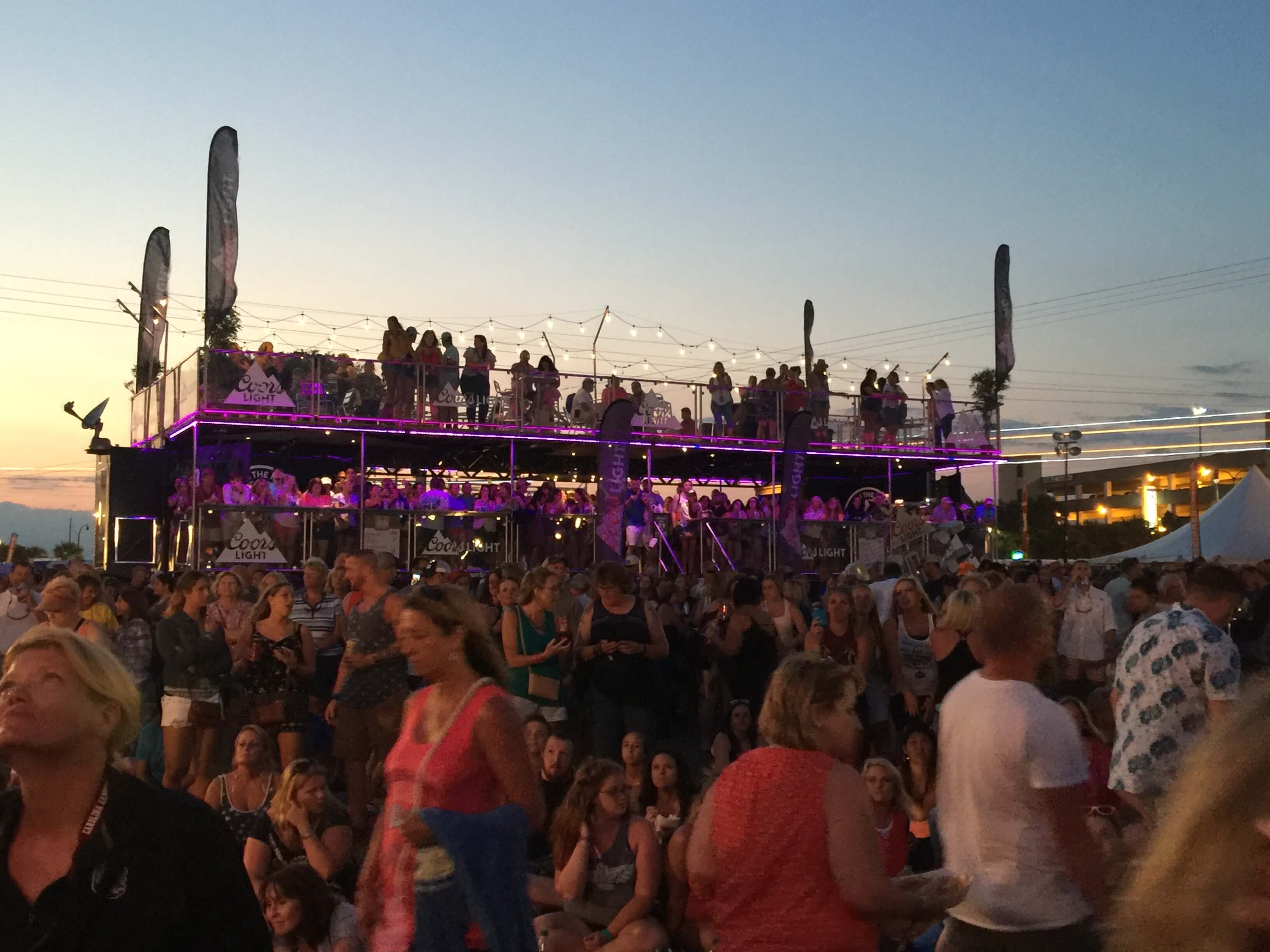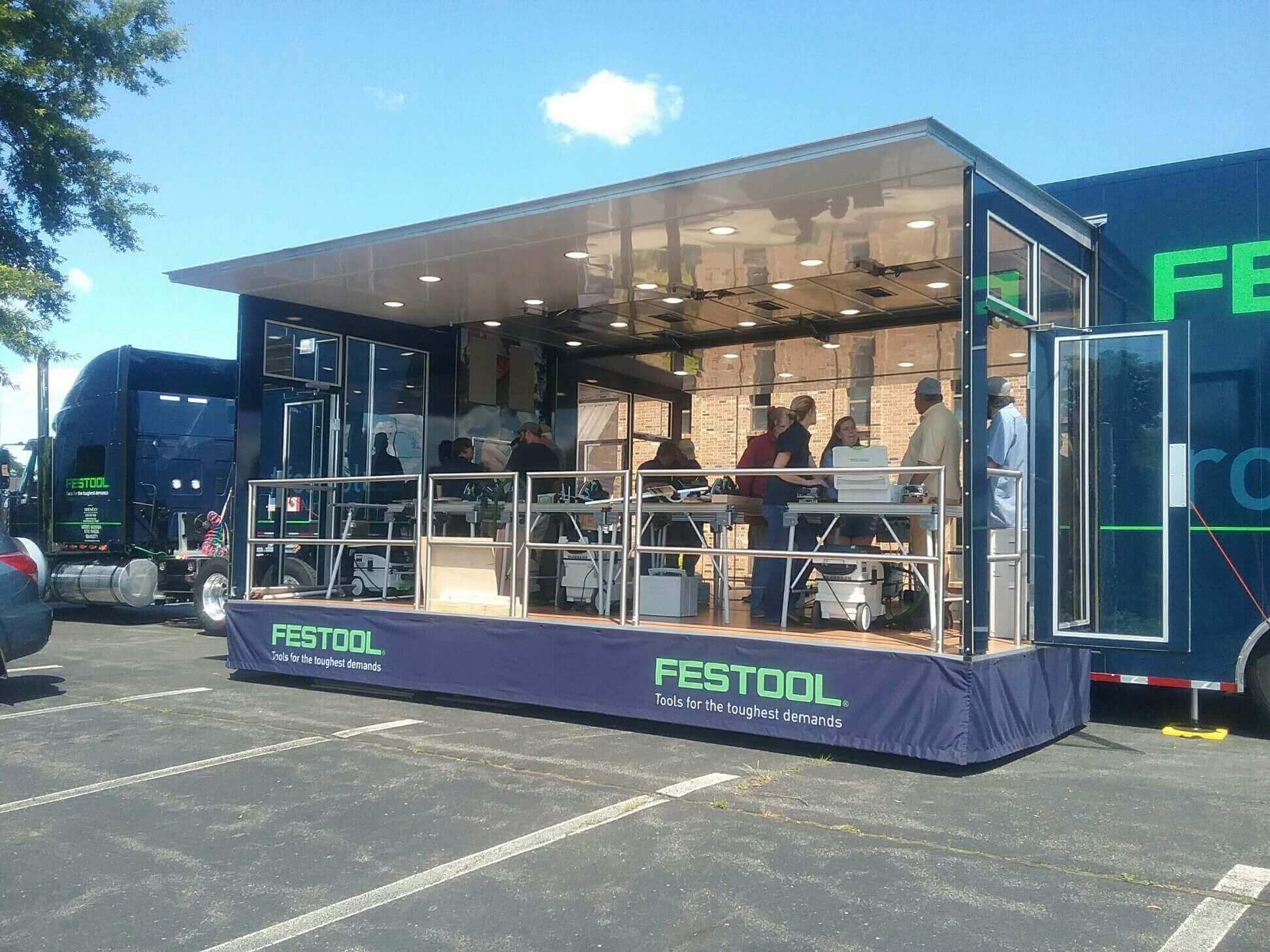Capturing experiential marketing metrics from your live event campaigns is a vital part of understanding your event’s success. Building metrics and key performance indicators (KPIs) tracking into your plan can get you buy-in from your organization.
In addition to giving you actionable data to feed into other marketing programs, metrics allow you to leverage feedback. Positive and negative feedback allows you to enhance performance over the course of an event marketing tour.
Fortunately, tracking and measuring results is one of experiential marketing’s big advantages. It provides a rare opportunity to come face-to-face and interact with your target audience. To help make the most of that encounter, here is a shortlist of approaches. This approach will allow you to measure the results of these types of engagement marketing experiences. Your results will be both quantitative and qualitative ways.
Define Experiential Marketing Campaign Goals And Expectations
It seems obvious, but clearly defined objectives for your roadshow are an absolute must before you set any measurement standards. Otherwise, how would you determine which metrics or KPIs matter most? What results do you desire in order to help you understand the impact of your marketing efforts?
- Is it to increase brand awareness among key target audiences?
- Generate leads for your sales team?
- Facilitate new product endorsement by key influencers or early adopters?
- Enhance social engagement and build unpaid media buzz?
At the same time, setting realistic expectations for each branded experience event will help you keep your team focused. Your team will have a better understanding of the results that come from different data points.
Track Basic Metrics & Key Performance Indicators (KPIs)
Start by planning to gather basic, quantitative KPI data.
- Track the number of event attendees along with the number of visitors to your marketing vehicle.
For instance, if you are part of a larger customer experience tradeshow, you have to know the overall tradeshow attendance numbers. This information is an intricate part of grasping how well your roadshow’s traffic stacks up. - Track how many visitors engage with one or more of your touchpoints versus how many leave without engaging at all. Then see where the numbers go from there.
- Which touchpoints generated more engagement opportunities?
- How many leads were generated?
- How many contacts were collected?
- How many product demos, etc.?
Basic KPIs give you an idea of traffic, reach and penetration to put it into traditional media terms. You can definitely dive even deeper into the data but these are basic measurements that must be recorded from the start.
Understanding Event Marketing Results At A High Level
The next layer of measurements will dip into more qualitative approaches. Knowing these metrics will help you gauge things like brand perception, prospect and customer satisfaction, understanding and affinity. This is where it gets tricky. Don’t dampen the experience by asking a bunch of marketing questions at every visitor who walks in. Random (nth) sampling of your live event participants on a smaller scale can provide you with insight in the moment. Interviews should be quick and come with an incentive, to make the process easier.
These kinds of metrics can also be worked into “opt-in” engagement points. Visitors can sign up for giveaways, newsletters, or “insider” status.
Consider how you leverage brand loyalty here.
- Do they get special access to your event?
- Do they get recruited to be brand ambassadors for your brand?
Make It A Memorable Experience And Follow Up Quickly.
Measurement doesn’t end when your engagement marketing event wraps up. In order to help make this a memorable experience have follow up tools at the ready so you can reach out to new and existing contacts via email or text. Use that opportunity to further the engagement and ask for feedback on the experience. A simple survey can yield valuable data on brand perception, affinity, segmentation, propensity to buy, as well as event-specific feedback.
Integrate Social Media Into Your Engagement Marketing Efforts.
Rather than just monitoring social media activity around your roadshow, use social as part of the prospect and customer experience. This can deepen the engagement with attendees and reach a larger audience. Games, hands-on demos, and performances all create memorable experiences, shareable photo ops and social integration opportunities that you can track and leverage.
What do these 5 tactics look like when applied to your experiential marketing program? The answers can vary greatly based on the scale and context of your program. However, they tend to work best when they are developed as part of the design process. The more seamless the experience is, the less intrusive any data collection or “opt-in” touchpoints will be.
The right partner can help ensure the smooth integration of measurement tools into your experiential marketing program. We invite you to talk with our experts for examples of how we’ve done this for clients over the years.
Photo Credit: Jakob Dalbjörn on Unsplash





